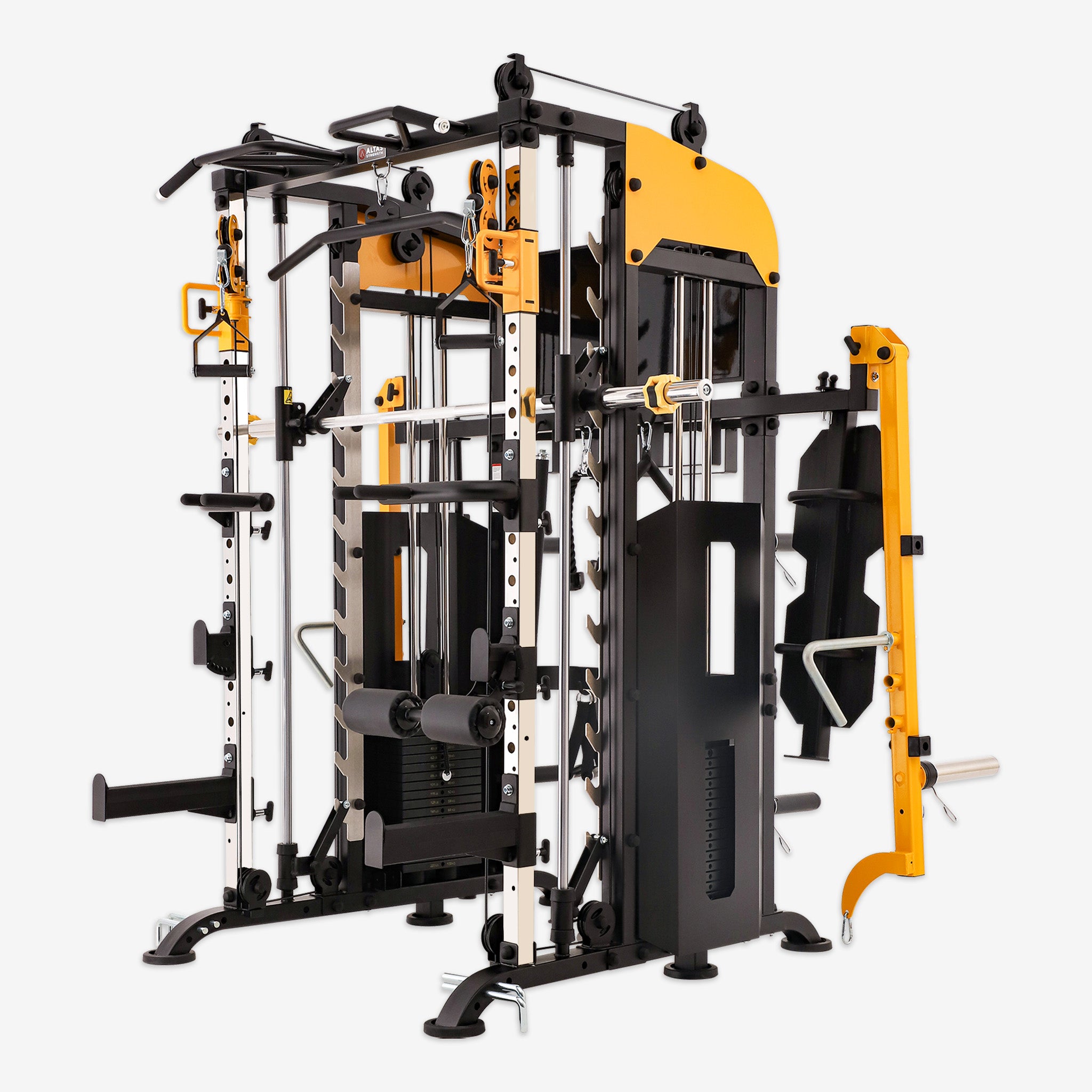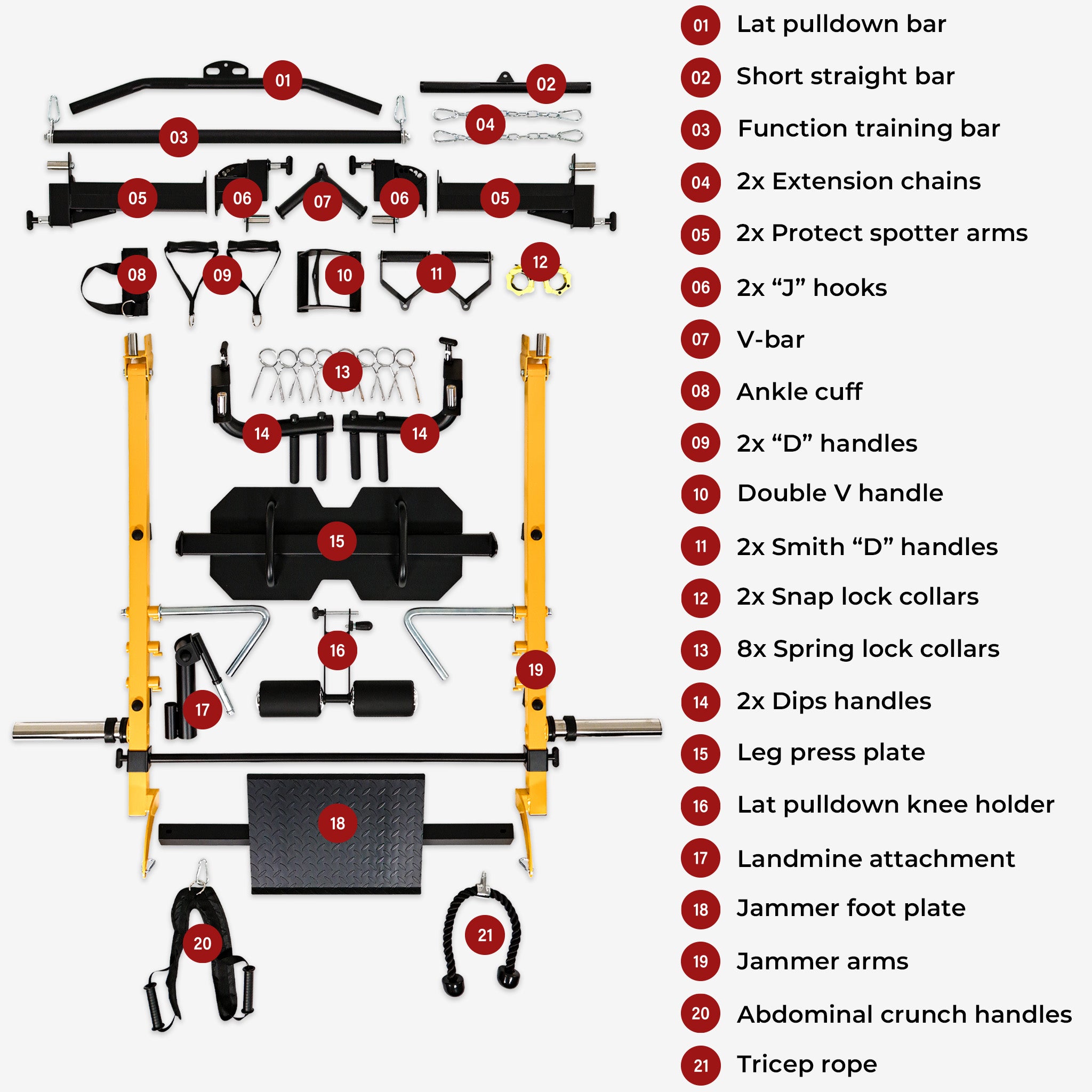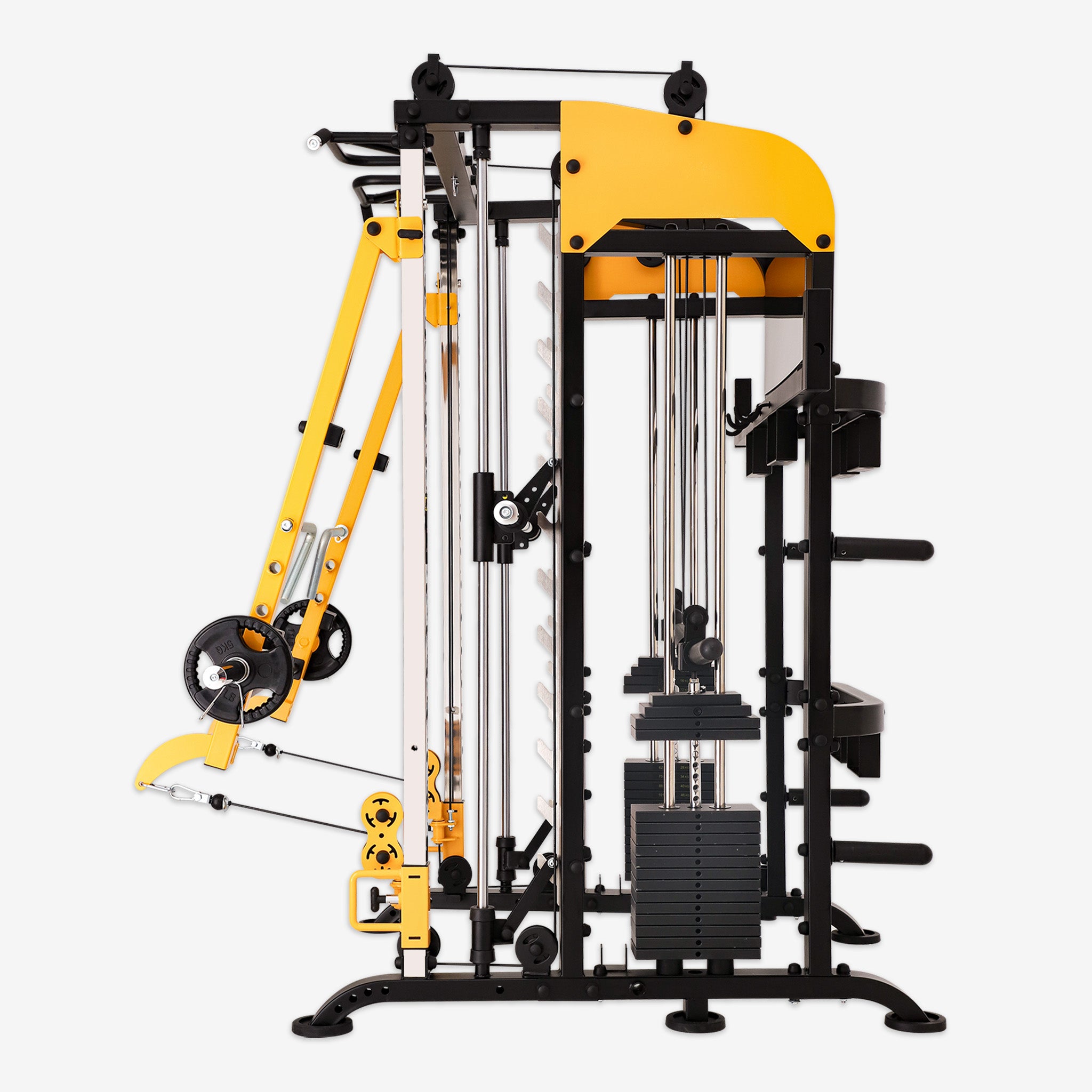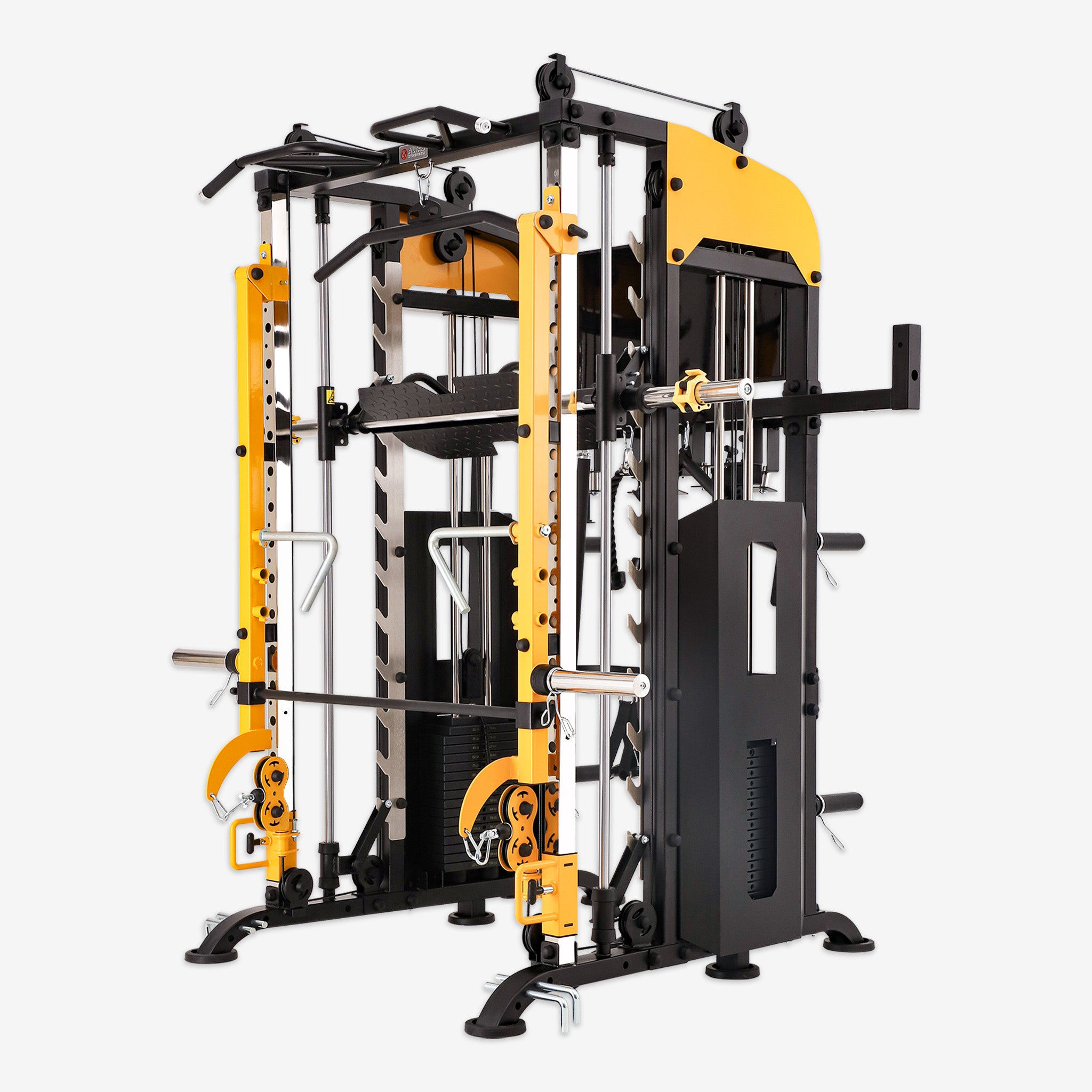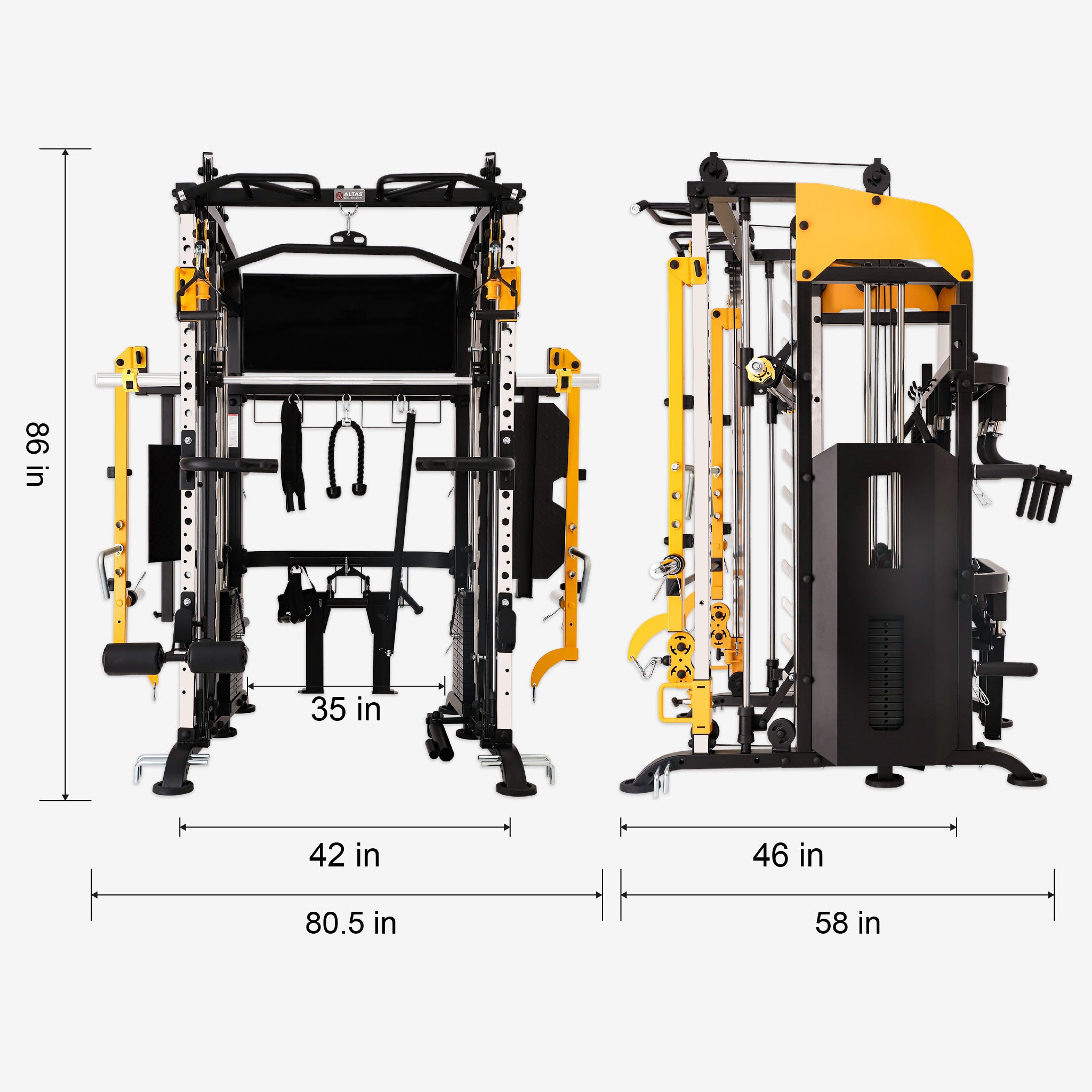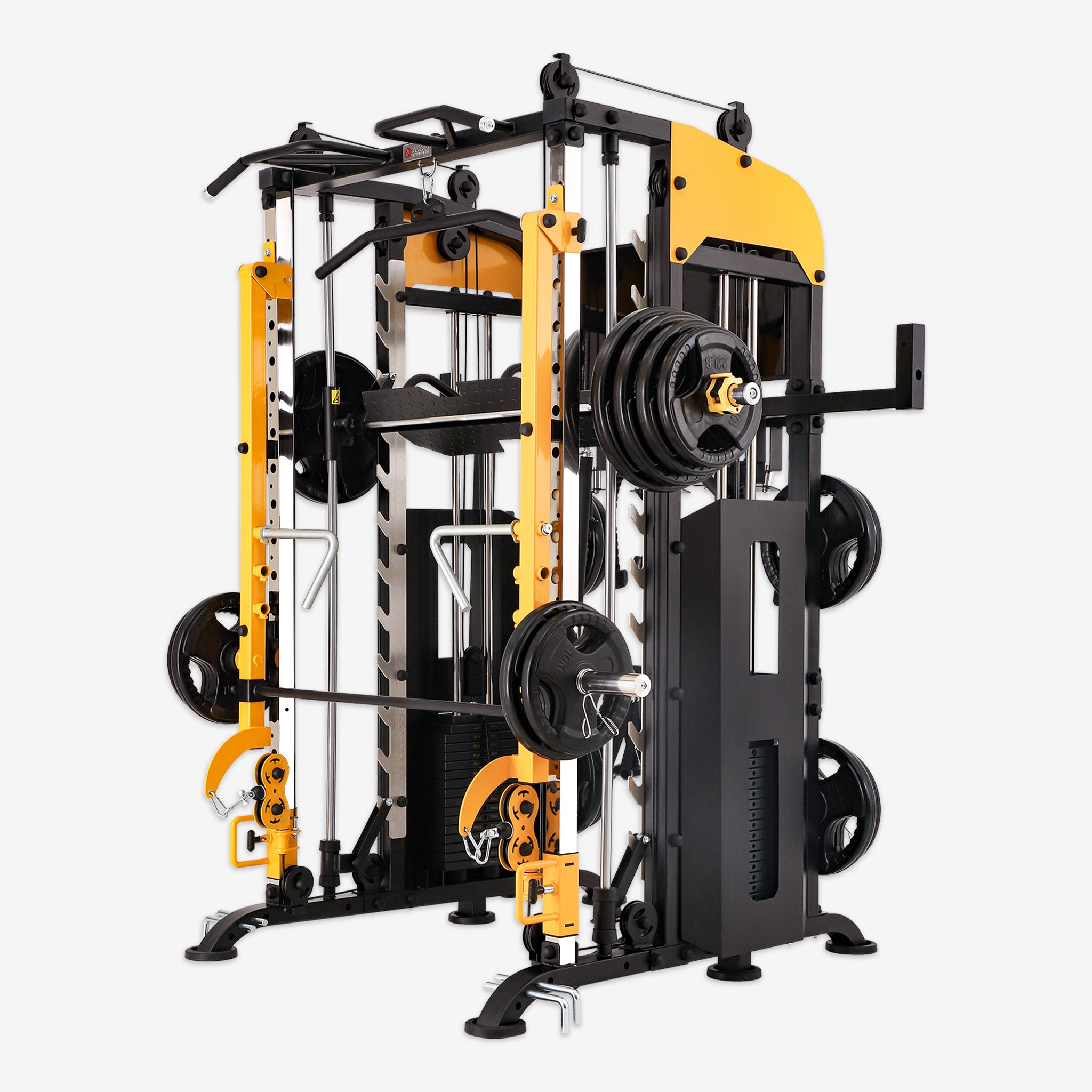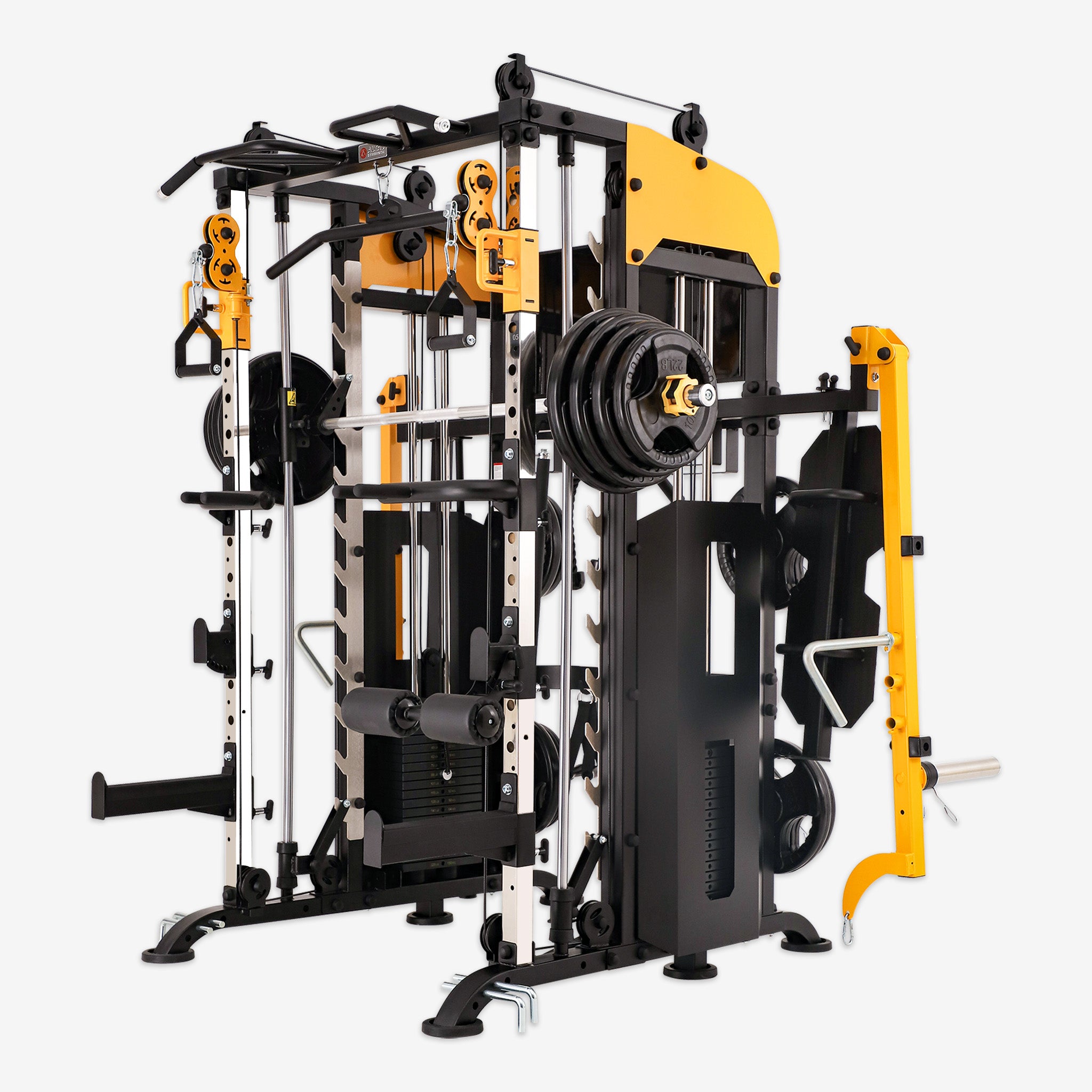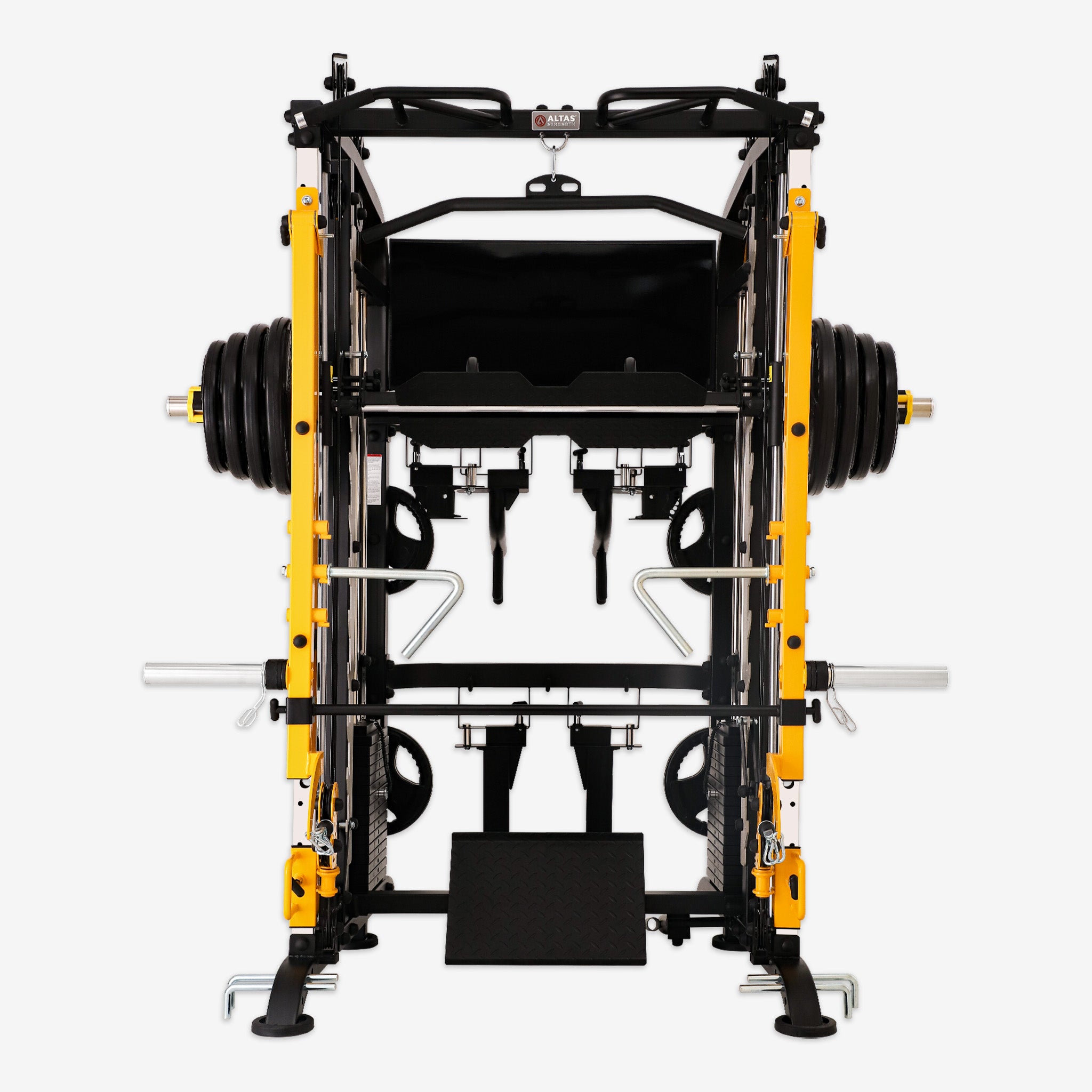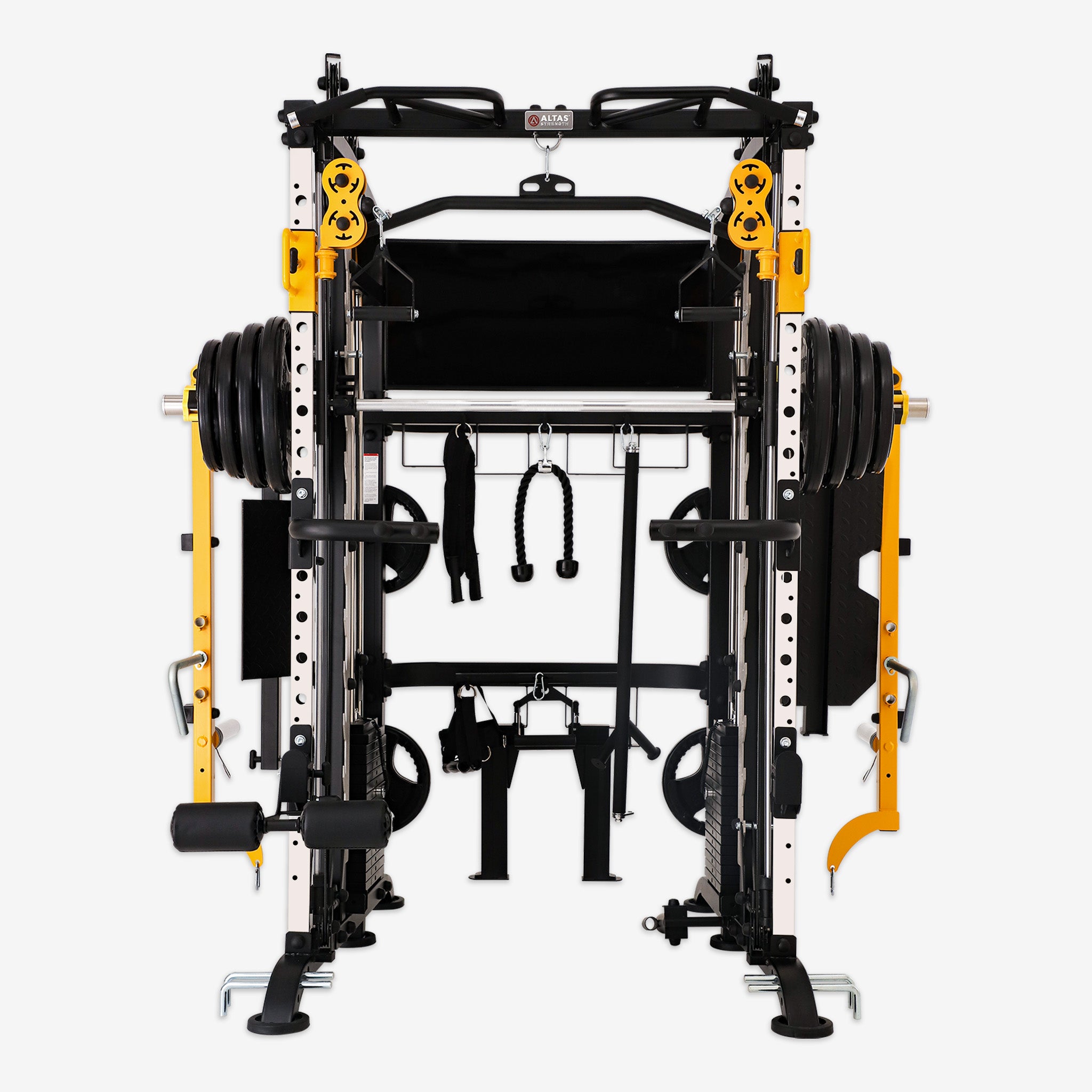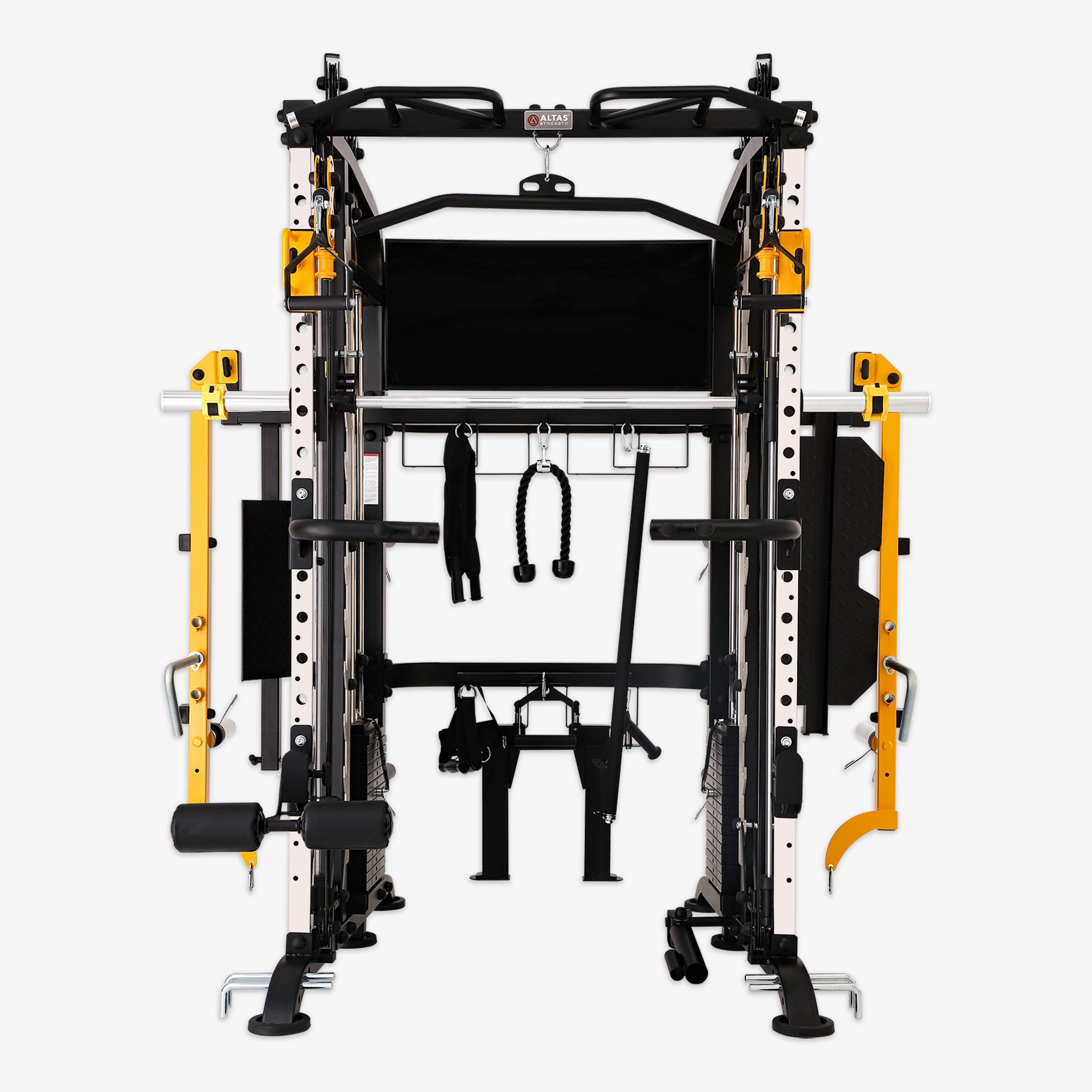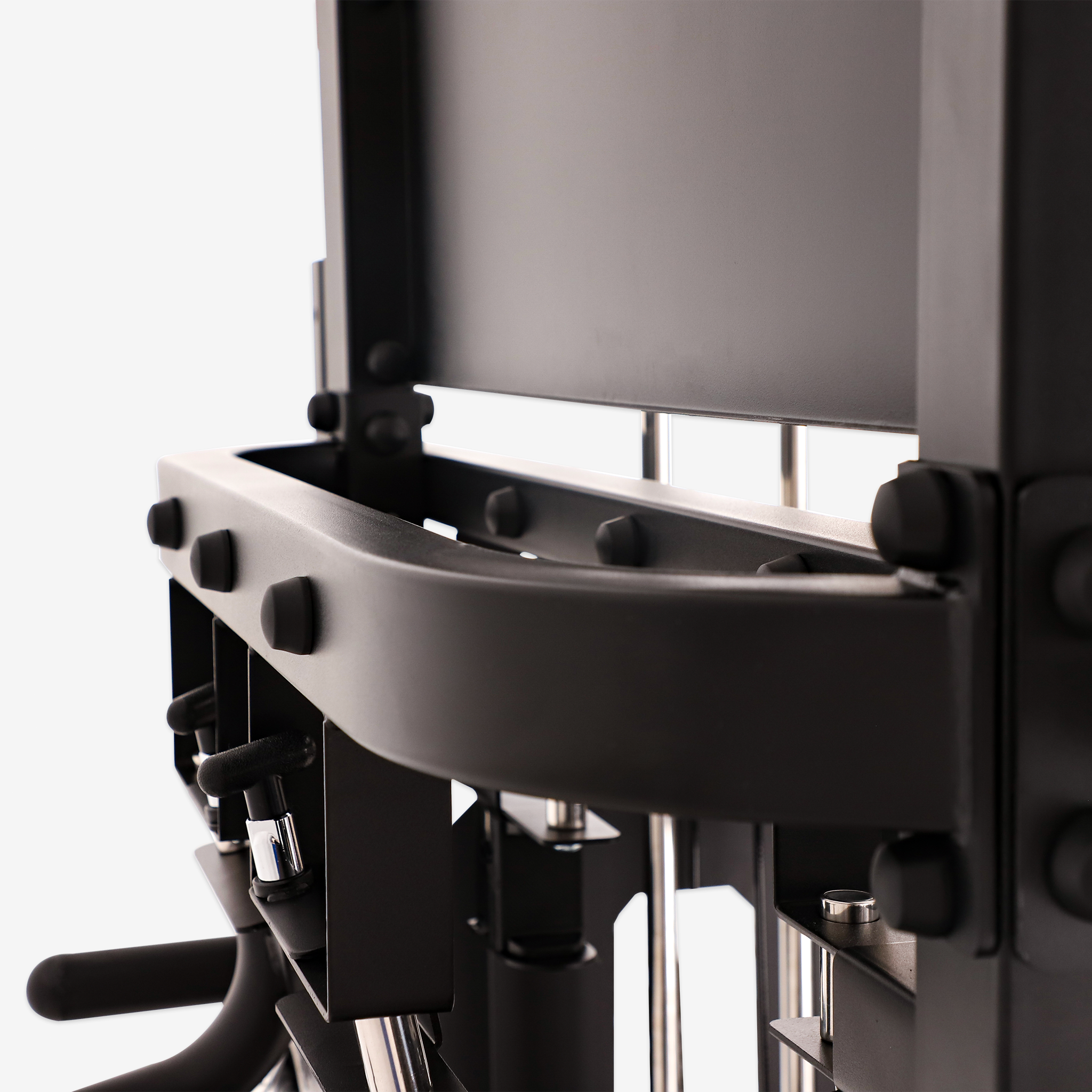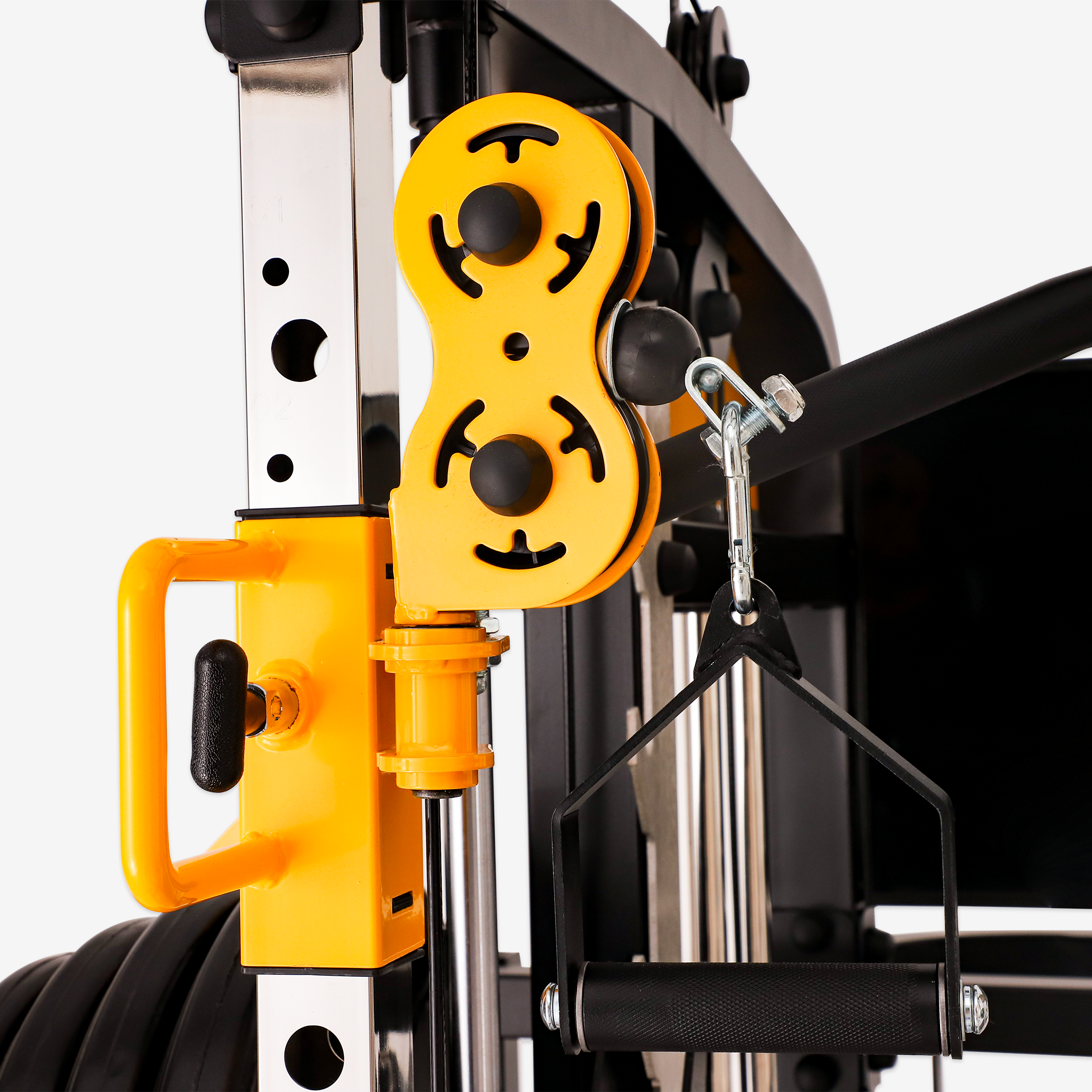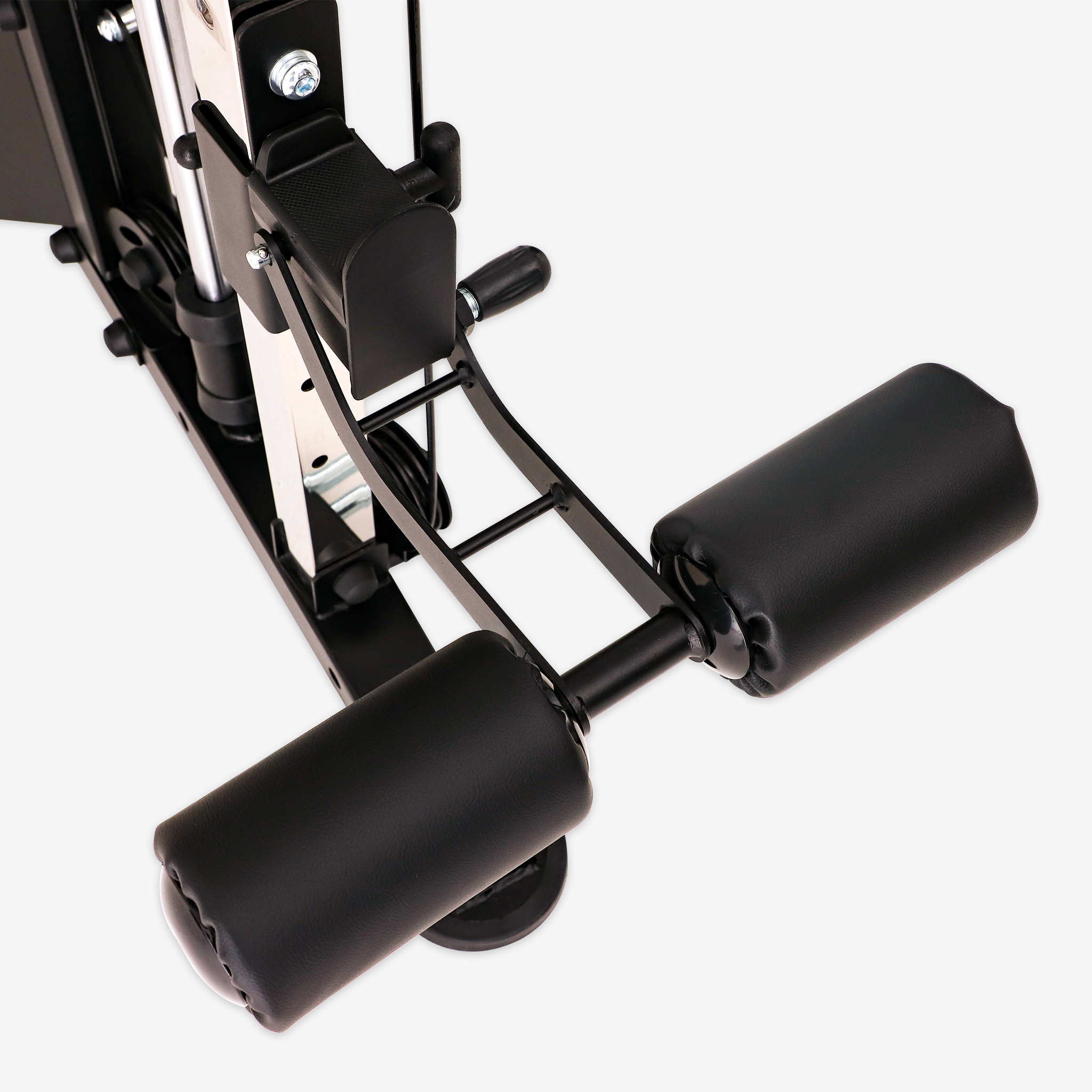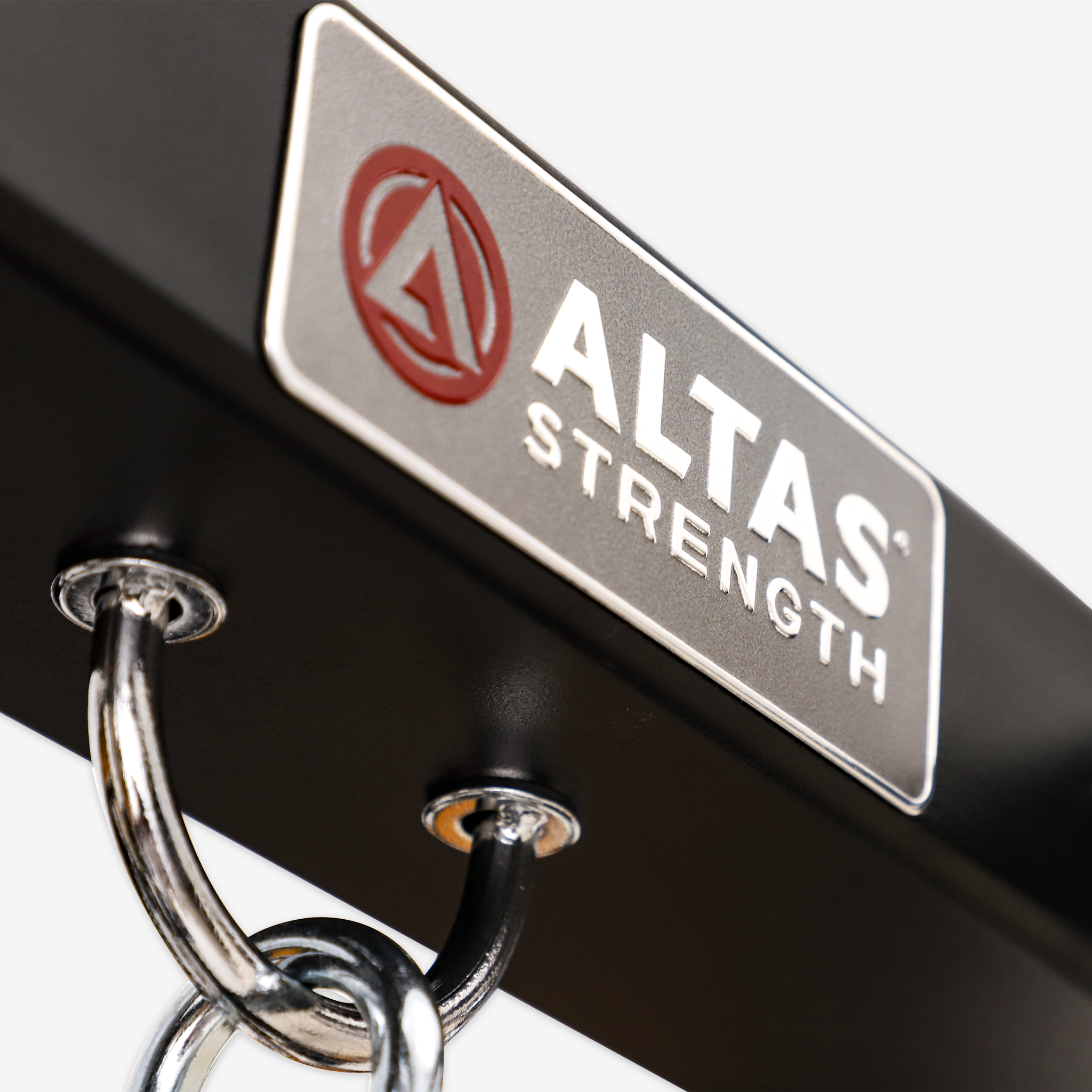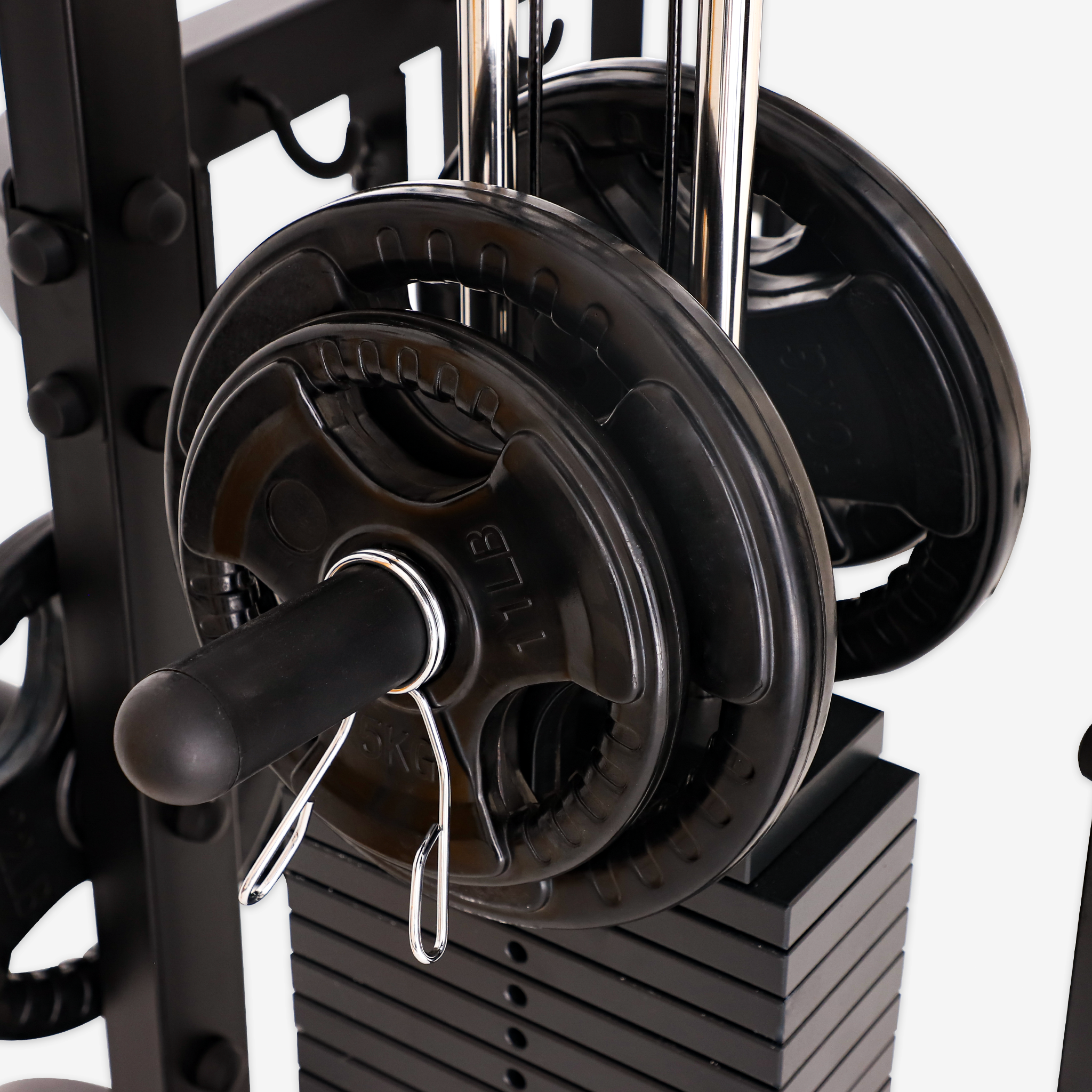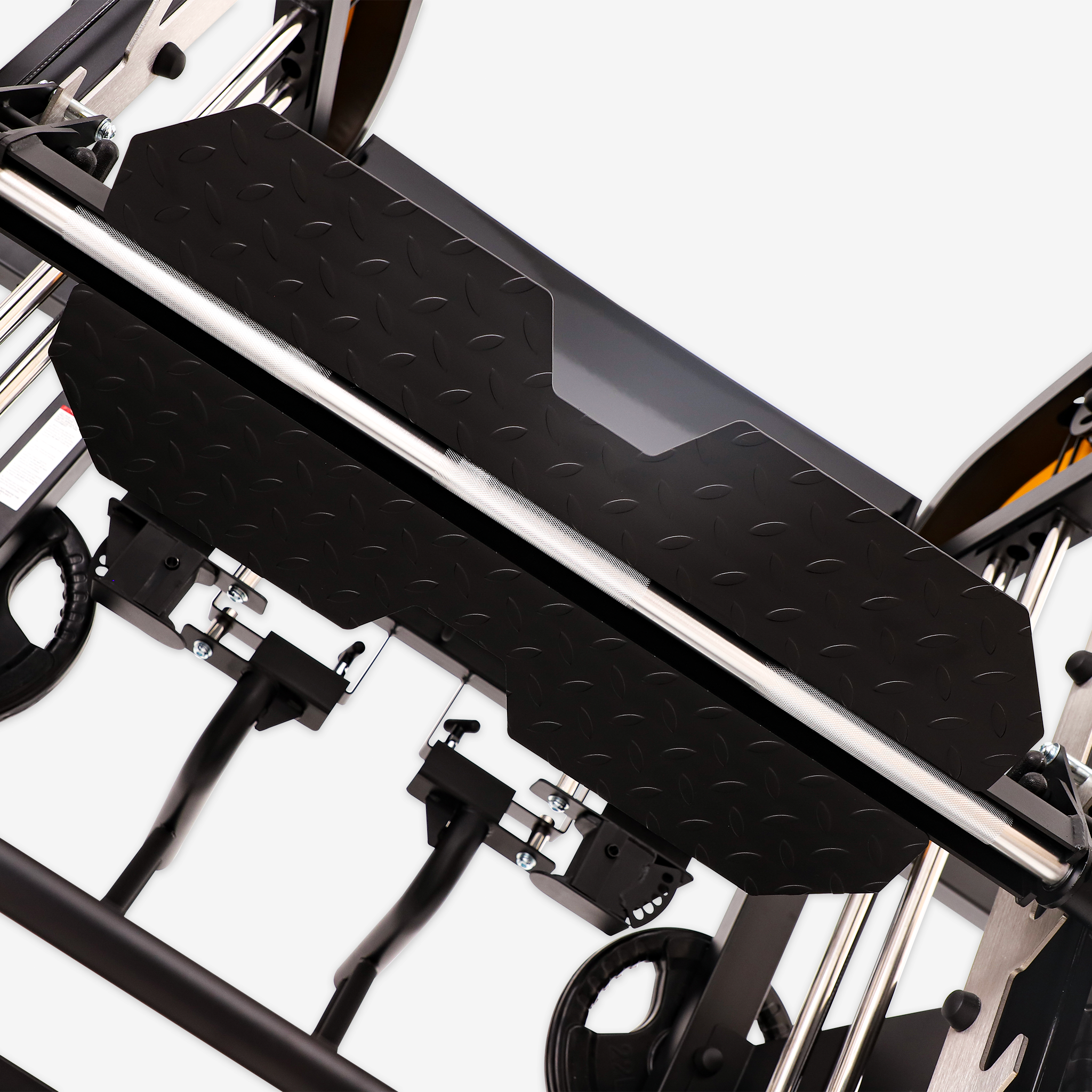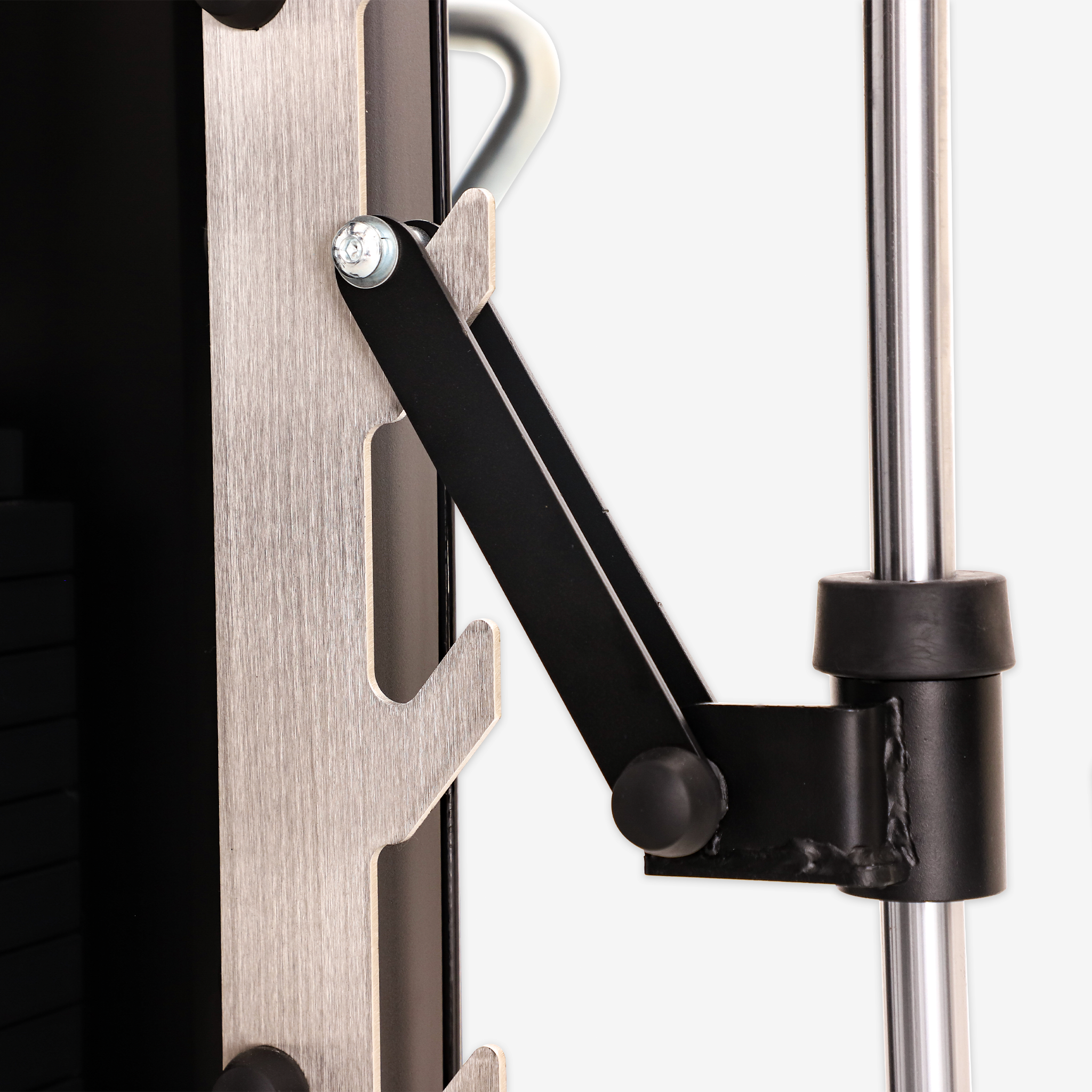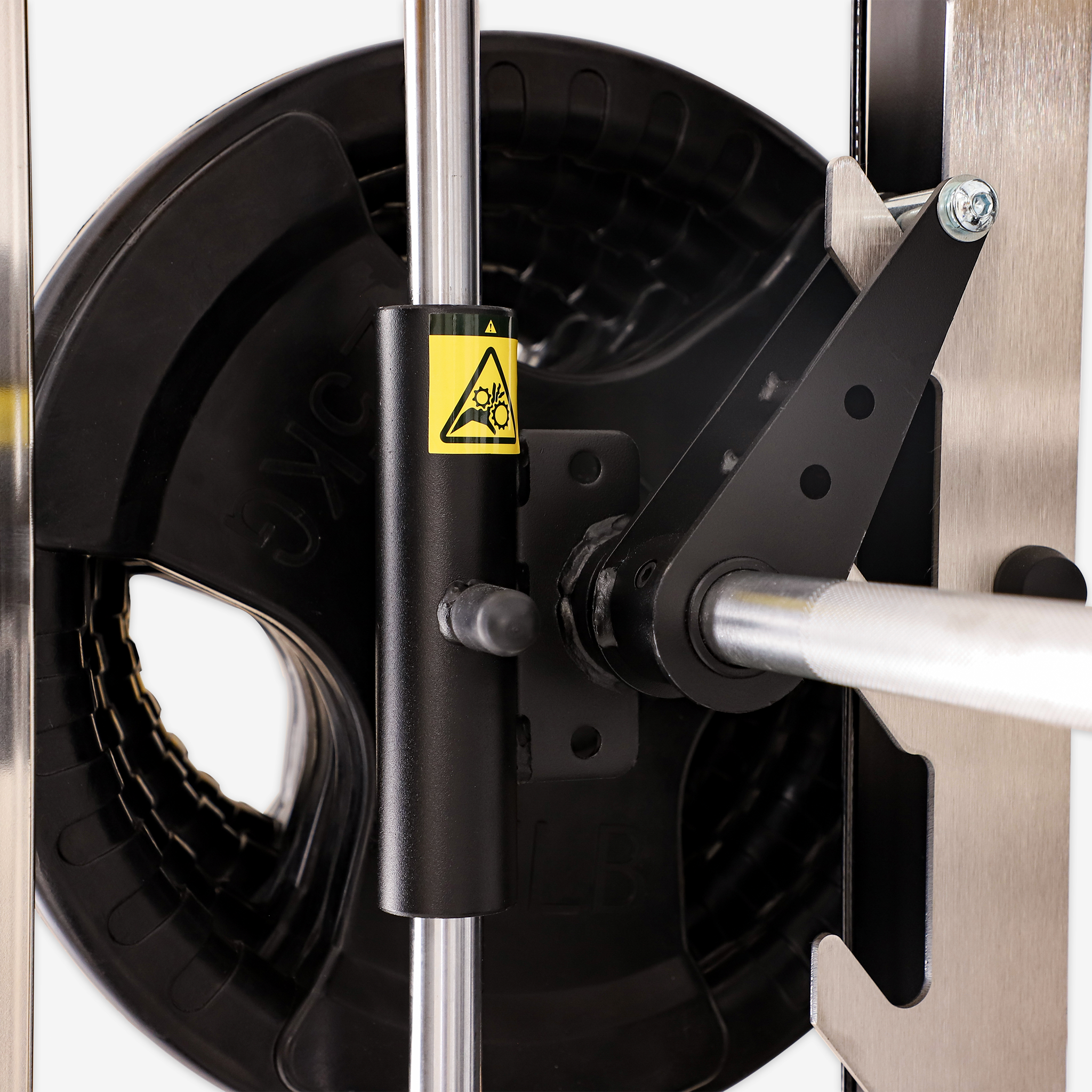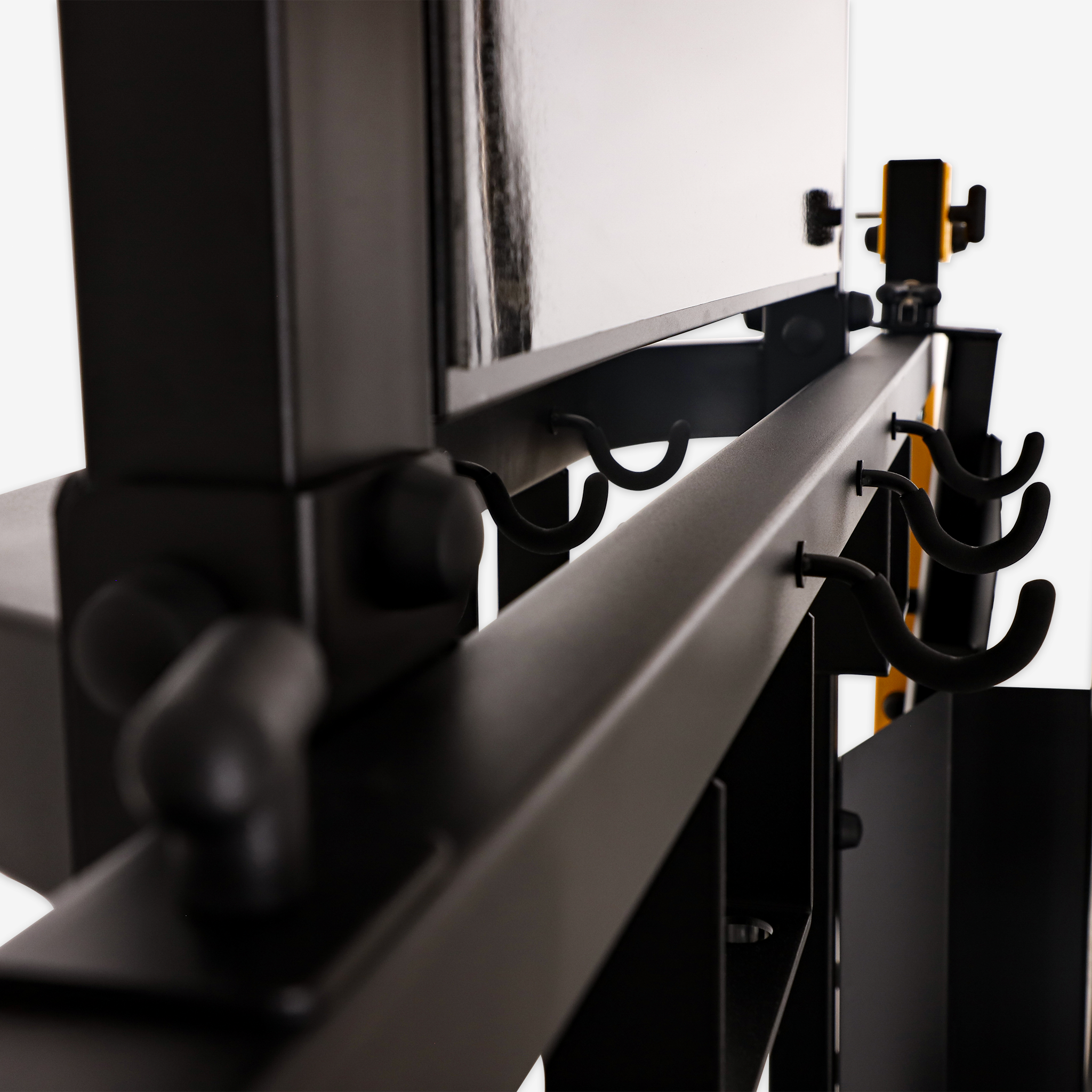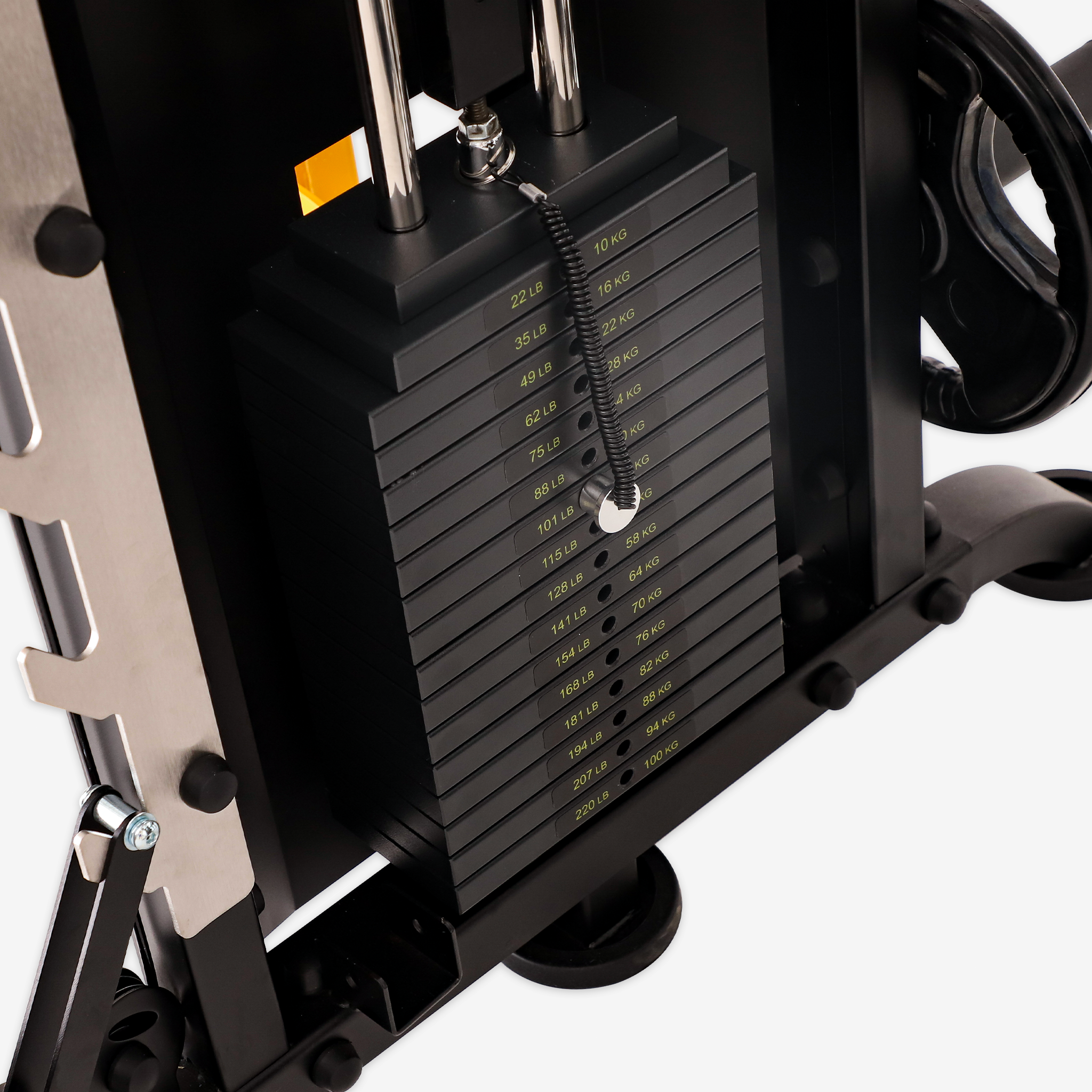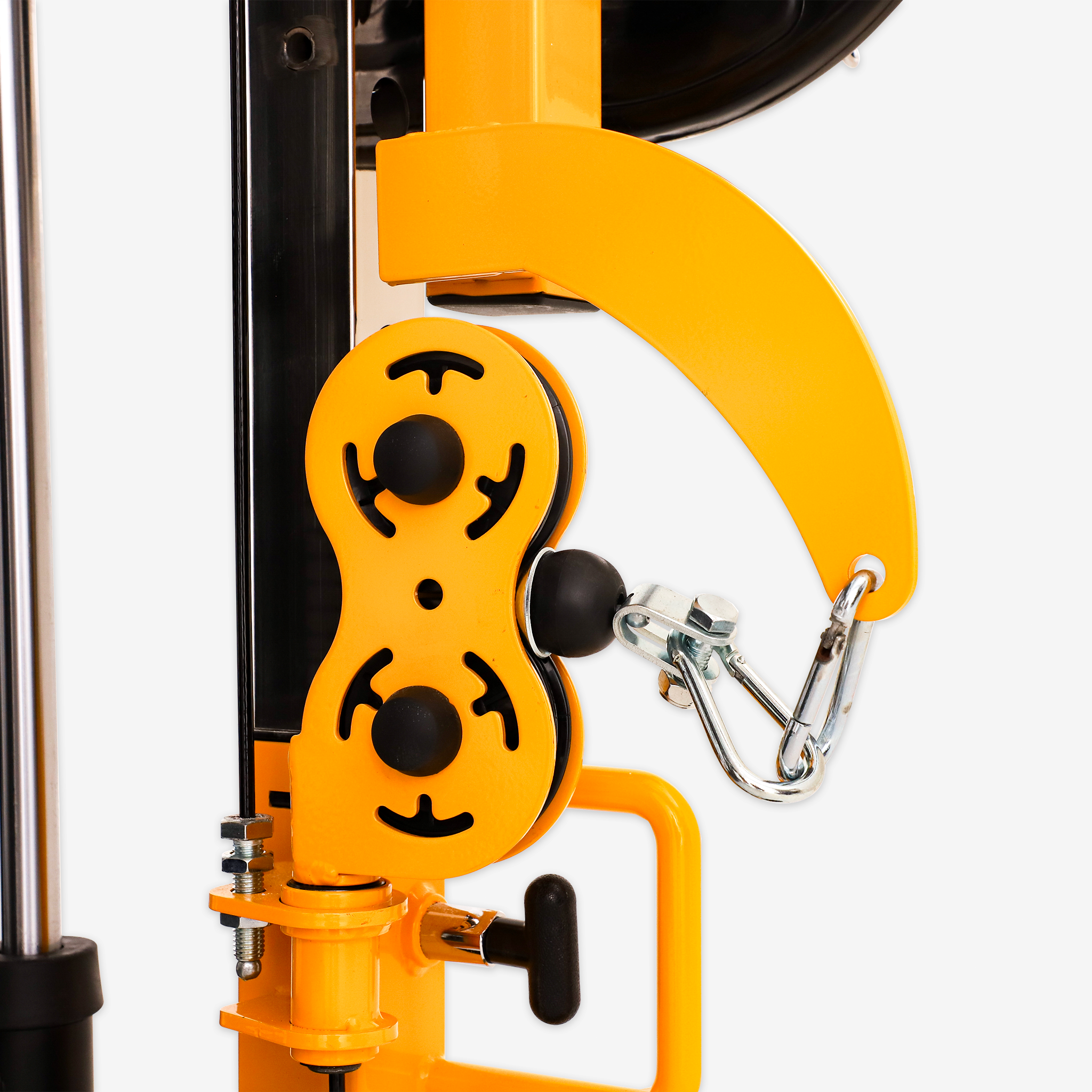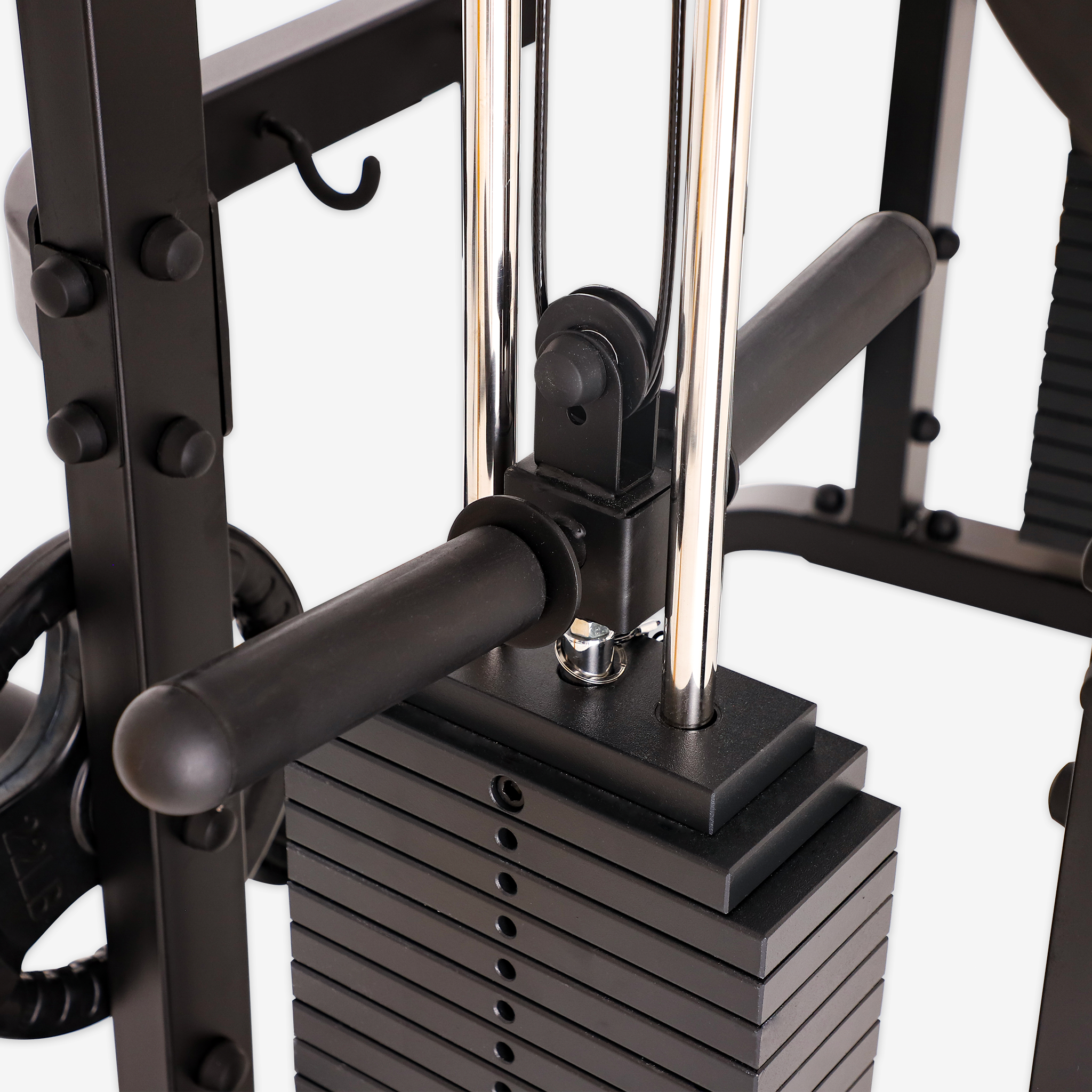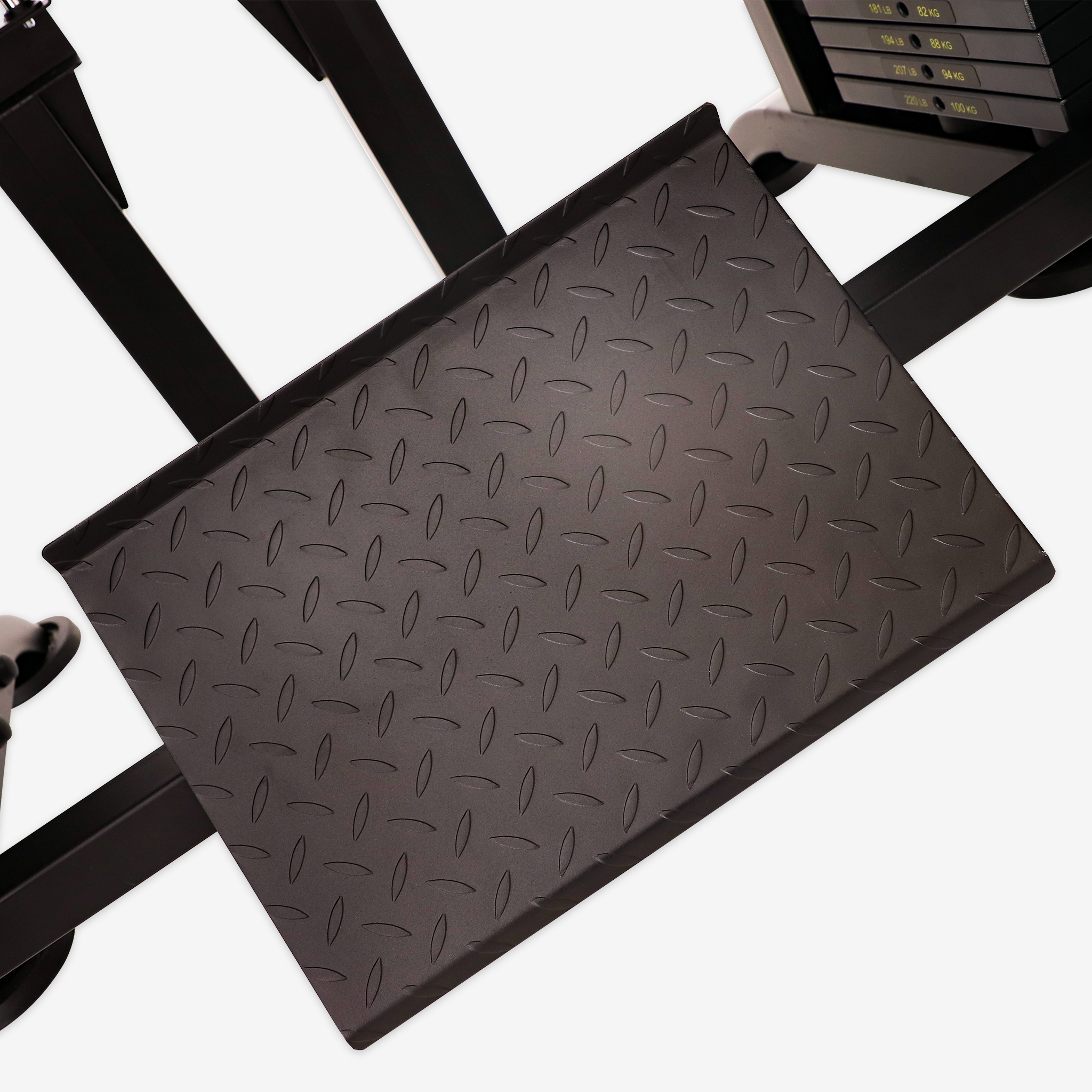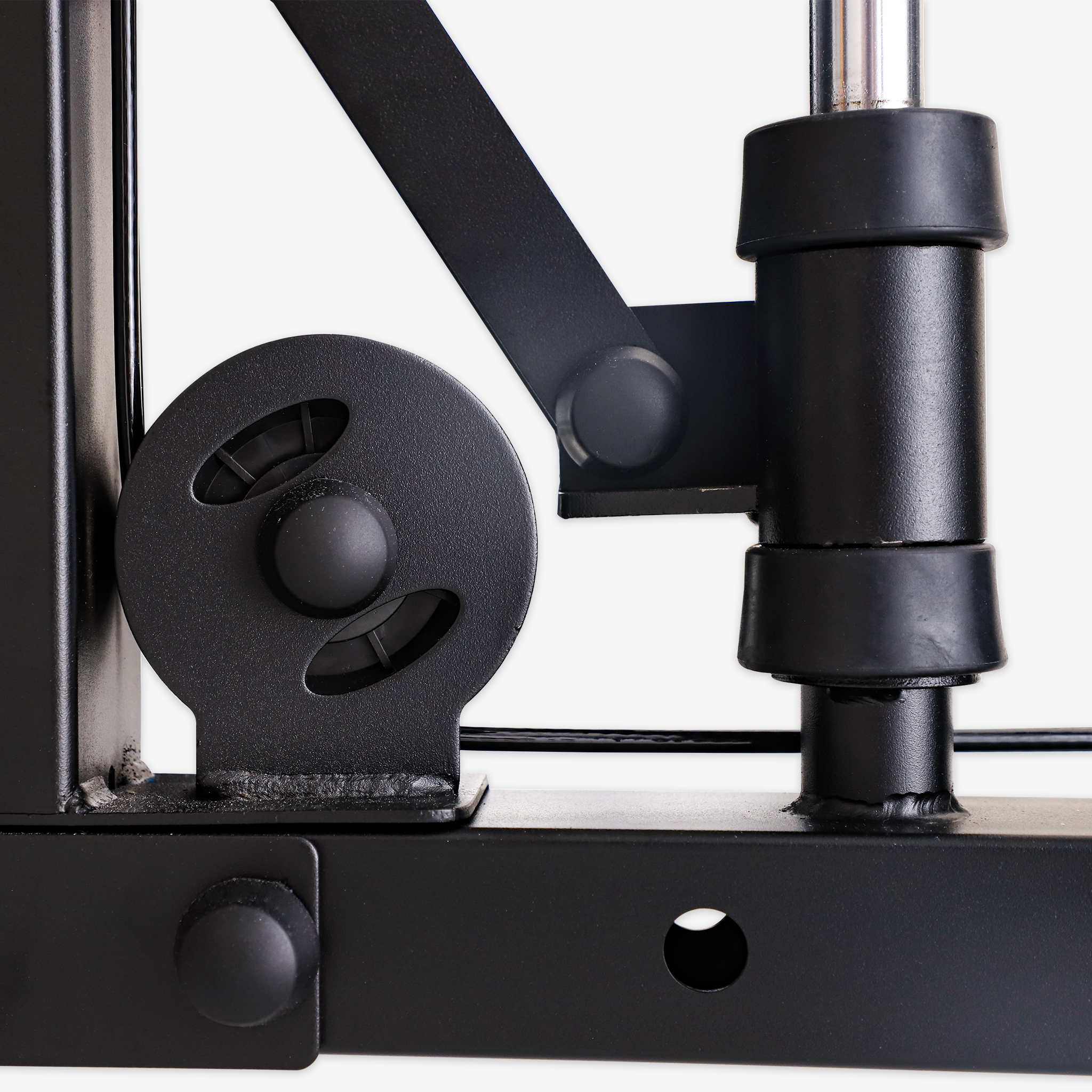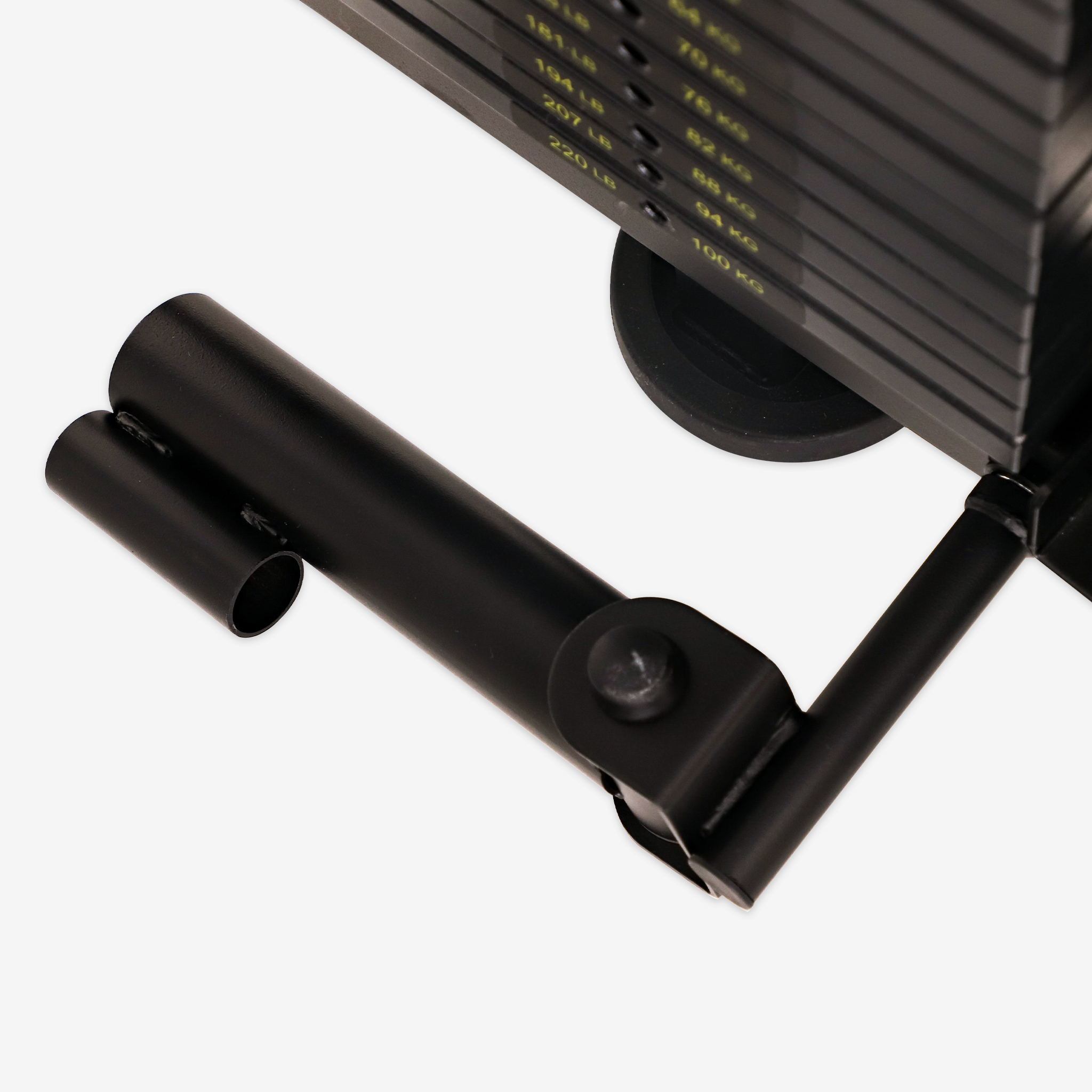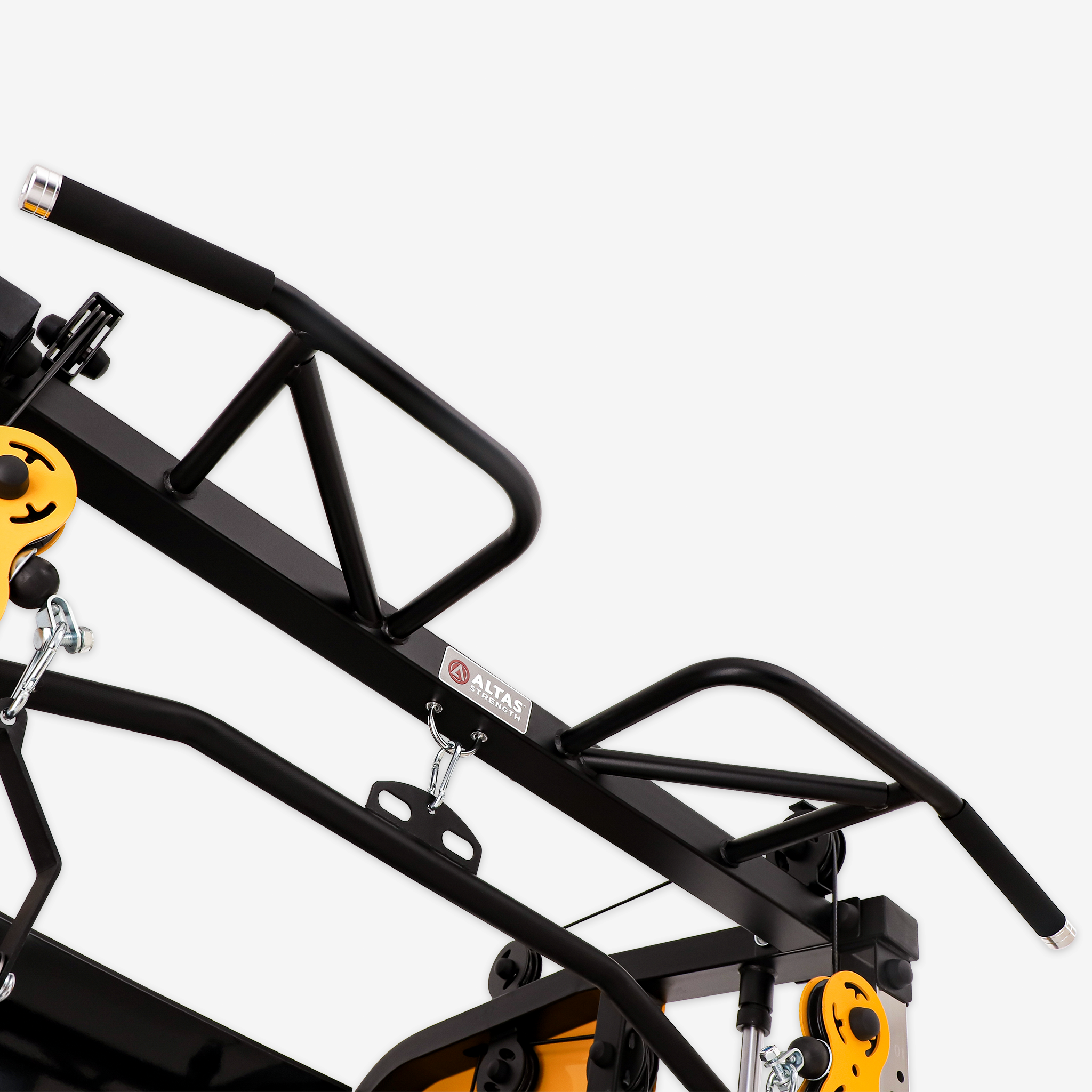A clear guide to technique, programming, and safety for quadriceps and hamstrings
In modern fitness training, leg exercises are essential for strength, muscle balance, and athletic performance. Two fundamental isolation movements — leg extensions and leg curls — target the front and back of the thighs respectively, and when used together they help build complete, injury-resistant legs.
I. What’s the difference? Leg extensions vs leg curls
Leg Extensions primarily target the quadriceps (rectus femoris, vastus lateralis, vastus medialis). The movement extends the knee and improves knee-joint stability — helping with running, jumping and squat strength. Leg extensions are performed on a leg-extension machine where the knee is the moving joint.
Leg Curls target the hamstrings (semitendinosus, semimembranosus and biceps femoris). The movement flexes the knee, strengthening the posterior chain for better hip and knee stability and improved sprinting and posterior chain power. Leg curls are performed on a leg-curl machine with the knee bending as the primary action.
Although some machines offer both functions, each exercise emphasizes different muscle groups — use both for balanced development.
II. Training methods — how to program each exercise
Form & posture: Keep the torso stable and avoid using momentum. For leg extensions, sit tall, keep the back flat against the pad, and control the motion — don’t hyperextend at lockout. For leg curls, control the eccentric (lowering) portion and avoid swinging the hips.
Load & reps: Choose weight according to your goal and training level. Beginners: lighter weight and higher focus on strict technique. Hypertrophy: 8–15 reps with controlled tempo. Strength or heavy work: lower reps with longer rest. Advanced variations include negatives, paused reps, and isometric holds to increase stimulus.
Programming: Use these as accessory/finisher moves alongside compound lifts (squats, deadlifts, lunges). Example: 2–4 sets of leg extensions after squats, or alternate leg curl focus on deadlift days to strengthen the posterior chain.
III. Safety & precautions
Knee protection: Both exercises place load on the knee joint. Avoid sudden heavy overloads and prioritize controlled range of motion. For leg extensions, avoid violently locking the knees at the top of the movement; keep tension on the muscle.
Warm-up & mobility: Warm up the hips and knees, and perform dynamic movement prep before heavy sets. Finish with light stretching and foam rolling to promote recovery.
Individual differences: Tailor range-of-motion and load to your anatomy and injury history. If you have a history of knee pain, reduce range, lower load, and consult a professional if necessary.
IV. Training value — why include both
- Muscle balance: Targeting both quadriceps and hamstrings prevents muscular imbalances.
- Joint stability: Strong quads and hamstrings support the knee and hip joints.
- Athletic carryover: These isolation moves improve sprinting, jumping, and change-of-direction power when paired with compound training.
V. Sample workout (advanced lifter)
- Back squat — 4 sets x 4–6 reps
- Romanian deadlift — 3 sets x 6–8 reps
- Leg extensions — 3 sets x 10–12 reps (slow eccentric)
- Lying leg curls — 3 sets x 8–12 reps
- Accessory calves/hip work — 3 sets

